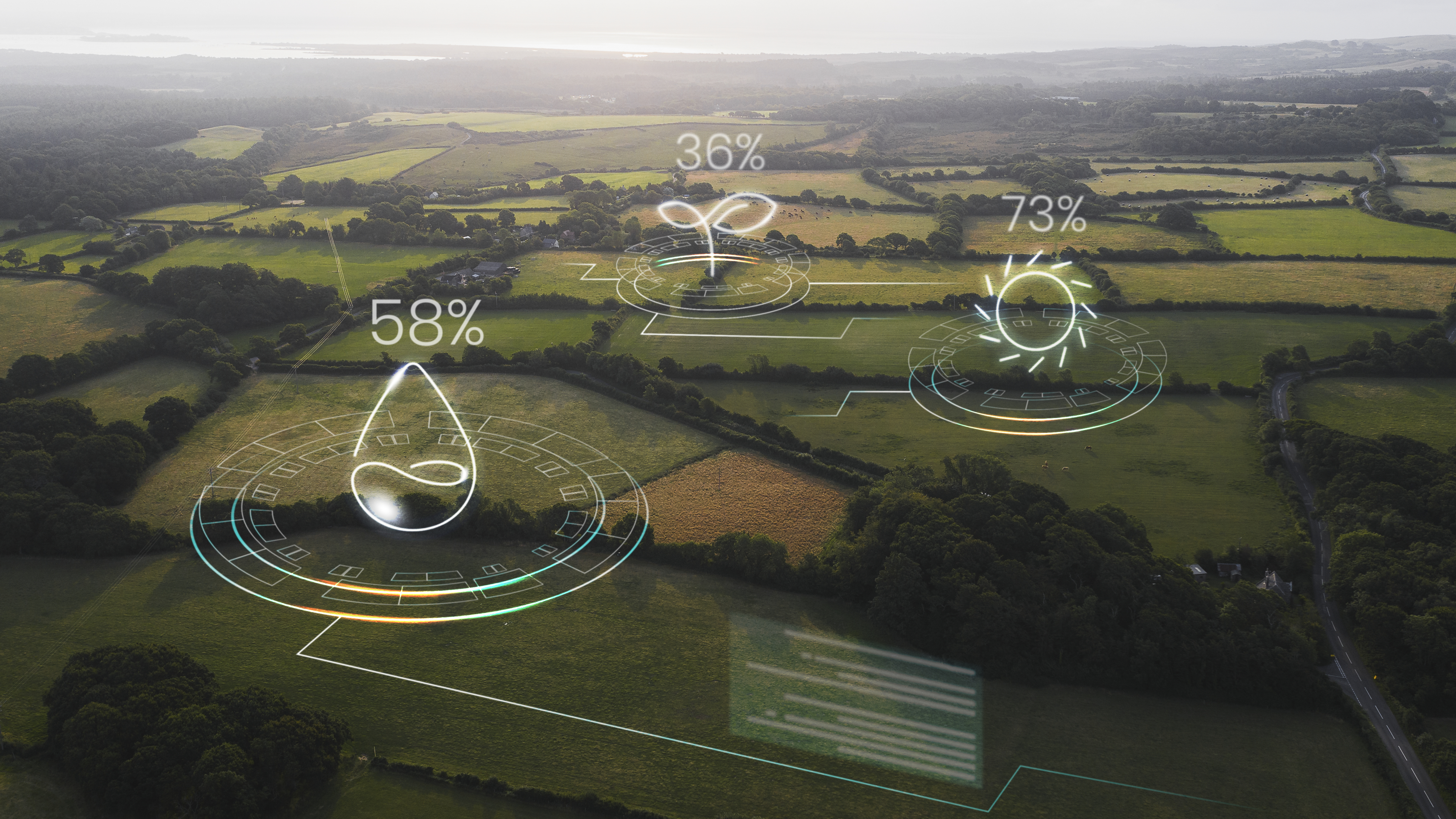Introducing AgNav -
putting climate action planning back in farmers’ hands

The objectives of AgNav include:
- Encourage and support farmers to implement climate action and sustainability improvement on Irish farms;
- Leverage the most robust inter-agency data, research and resources to drive the most appropriate actions tailored to individual farms;
- Enable the most precise capture and analysis of data allowing accurate calculation of action impact;
- Provide a mechanism to support the quantification of progress towards Climate Action Plan targets for the agri sector;
- Support clear communications on positive progress achieved at farm level – gives control to farmers.


AgNav
AgNav has been trialled with a number of Teagasc advisors and Signpost demonstration farms in March 2023 through full-day workshops and will be further piloted in the next 12 months through regional workshops. From 2024, it is targeted that 10,000 farmers will be utilising the platform each year. Jonathan Herron, Teagasc Moorepark, provided an overview of the functionality of AgNav during the webinar, noting that it compromises of three components – Assessment, Forecast and Action Planner.
“The overarching objective is to develop a digital platform that allows farmers to continue to improve productivity, ensure economic viability, while also setting new standards in terms of the environmental sustainability of their farms – putting actions into play so that we strive to achieve the targets that have been set to us,” he explained. Through the ‘Assess’ feature, farm data is collated from the Bord Bia Quality Assurance Scheme audit to build a picture of the operations on the farm, with data such as fertiliser use, concentrates and manure management strategies captured.
Animal specific data – such as performance, numbers and inventory change - is gathered through the ICBF database. When combined with other on-farm management data, Jonathan explained that it allows for a Life Cycle Assessment (LCA) of the farm to be completed. The LCA, which was developed through years of Teagasc research, is used to calculate greenhouse gas emissions, ammonia emissions and other environmental indicators of the farming system. This will then be used to provide a “starting point” as to where the farm is in terms of greenhouse gas emissions. The second element – ‘Forecast’ – is a live decision support tool, which allows the user to assess the effect of different mitigation strategies at different adoption rates has on their overall greenhouse gases and ammonia emissions.
Once this has been completed, the final step is the Action Planner, through which the farmer and the advisor develops a farm-specific action plan to identify the practices that will make a difference on their farm in terms of environmental performance. Initially once launched, AgNav will be available to all Irish beef and dairy farmers, regardless of their affiliation with the AgNav partners.
